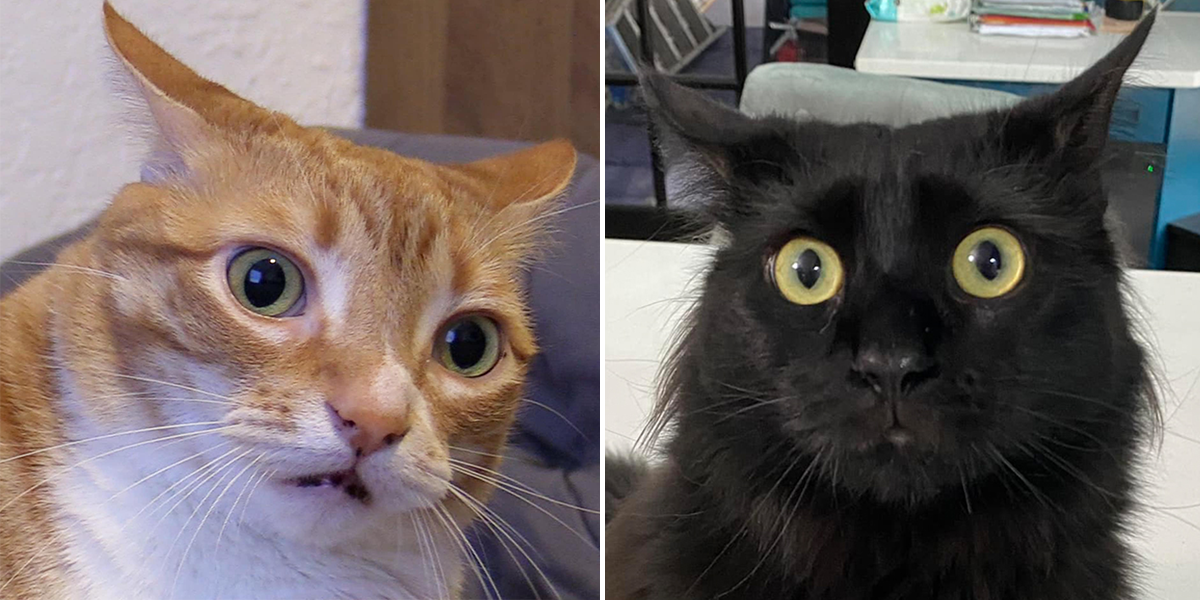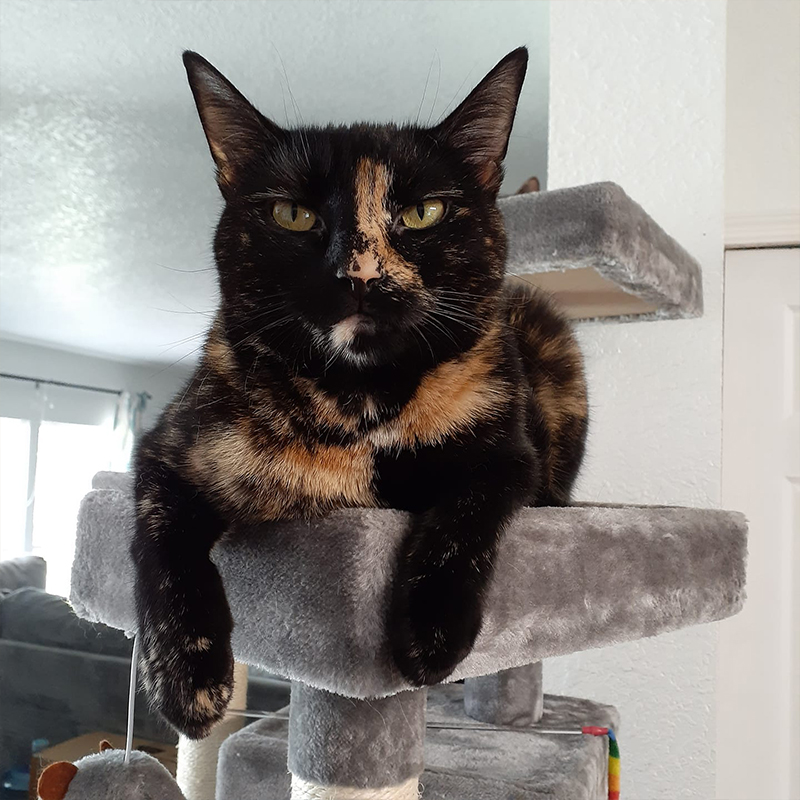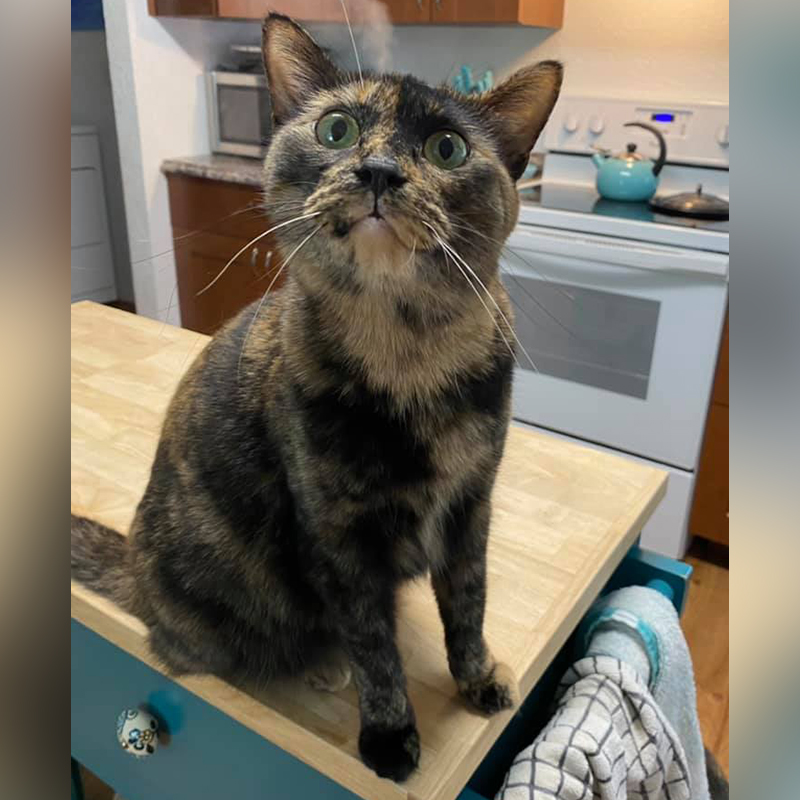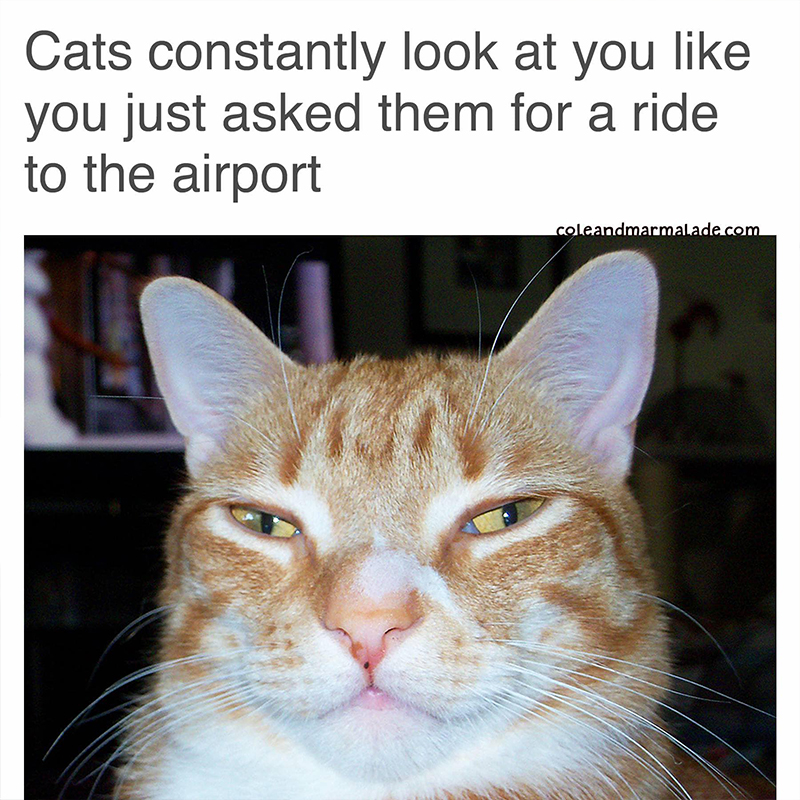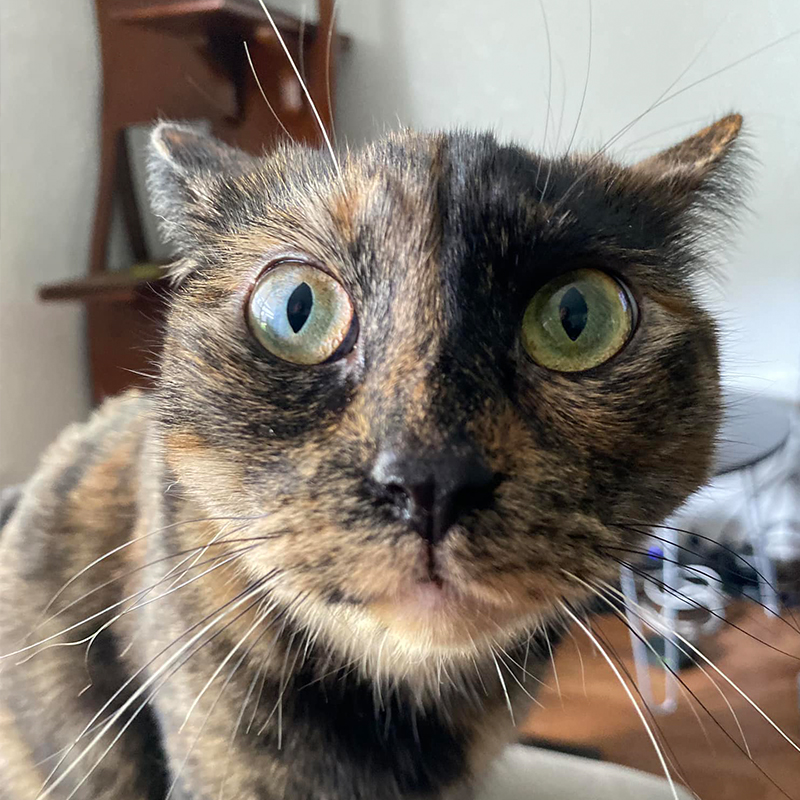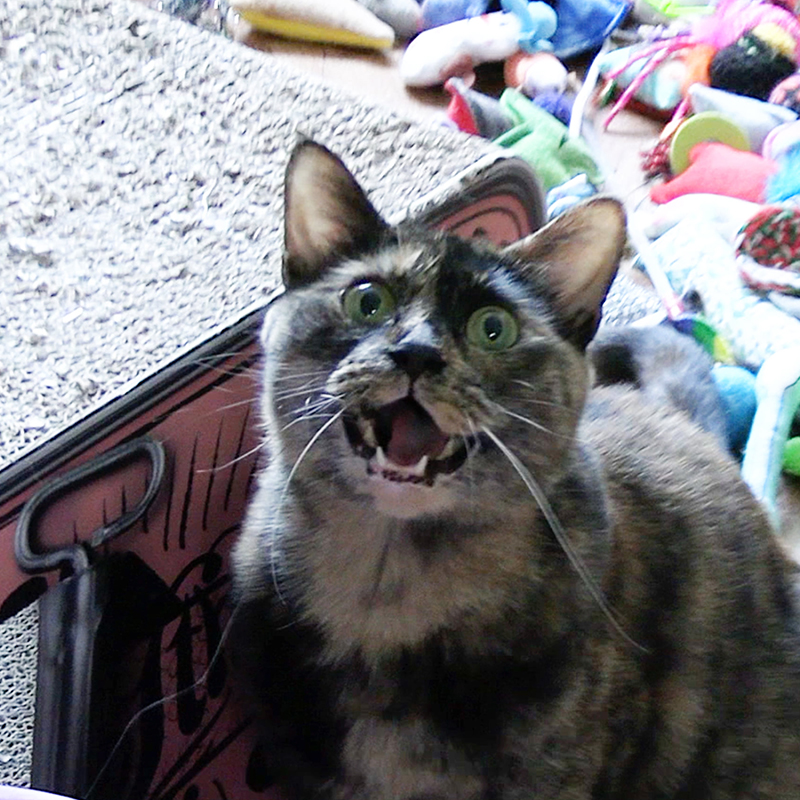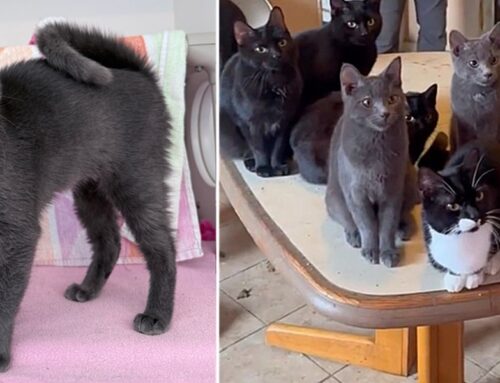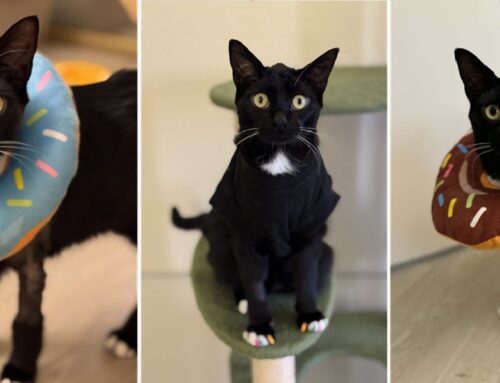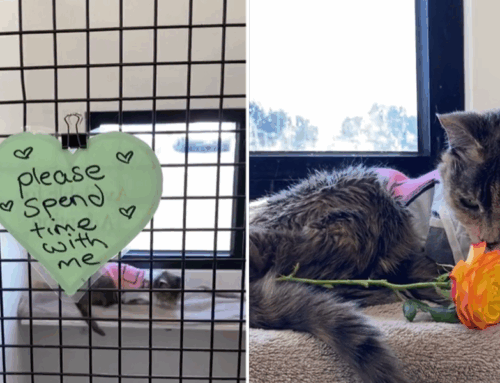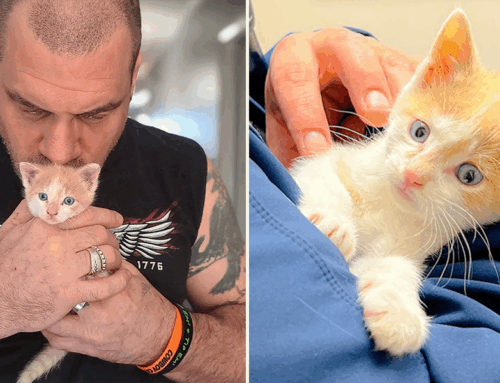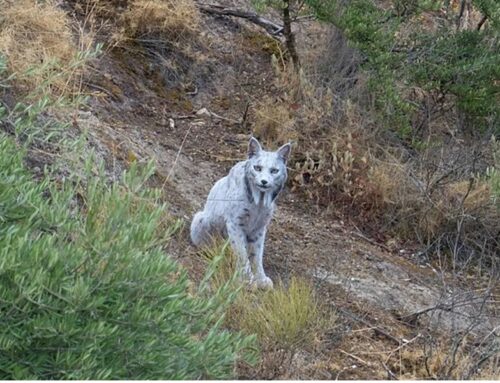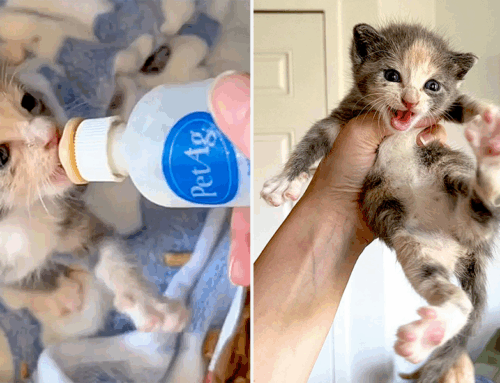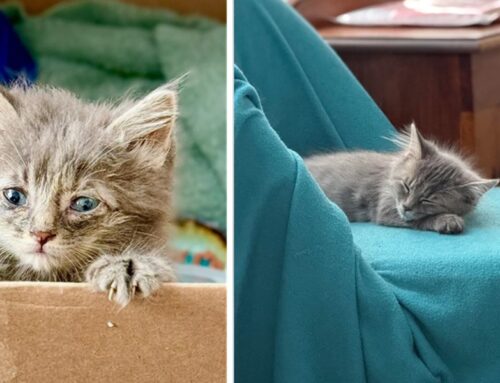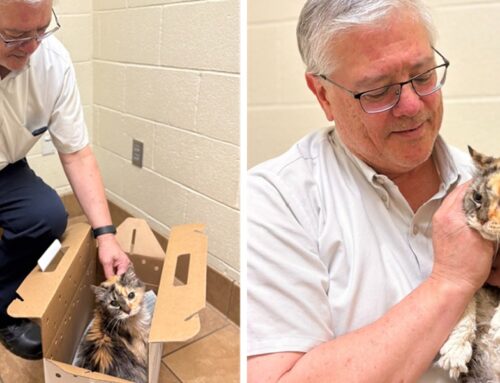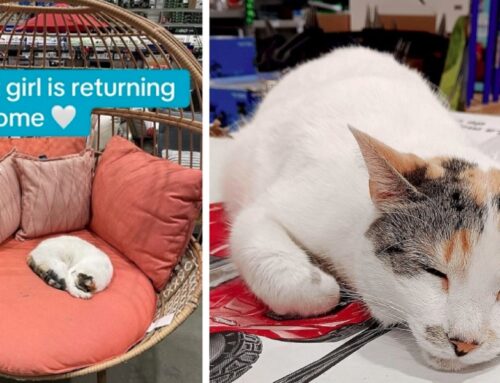A study of cat’s facial expressions confirms that cats are extremely expressive and not as “aloof” as stereotypes have long suggested. On the contrary, cat communication is socially articulate, affectionate, rapidly changing, and subtle.
The study found cats make at least 276 facial expressions, with most related to friendly feelings. But many expressions had no clear explanation.
“When the fridge makes a weird noise…”

Mazikeen the kitty. Image via Facebook/Cole and Marmalade
To determine a cat’s facial expressions, the researchers analyzed hours of video footage taken of 53 adoptable cats from the CatCafé Lounge in Los Angeles. The café hosts yoga with cats, but the research focused on how the cats interacted with each other, not people.
They filmed for over a year and analyzed the footage over four months using a coding system designed for cats.
Of the 276 feline facial expressions:
-
45 percent were friendly expressions
-
37 percent indicated aggression
-
18 percent were ambiguous
“The remaining 18% were—like the Cheshire Cat’s smile—so ambiguous that they fell into both categories,” Science stated.
“The look you get when dinner is 5 mins late…” via Facebook/Jugg and Zig Zag
We love interpreting what Marmalade’s facial expressions mean, and we’re pretty sure he has way more than 300.
“When you realize it’s Monday again tomorrow…”
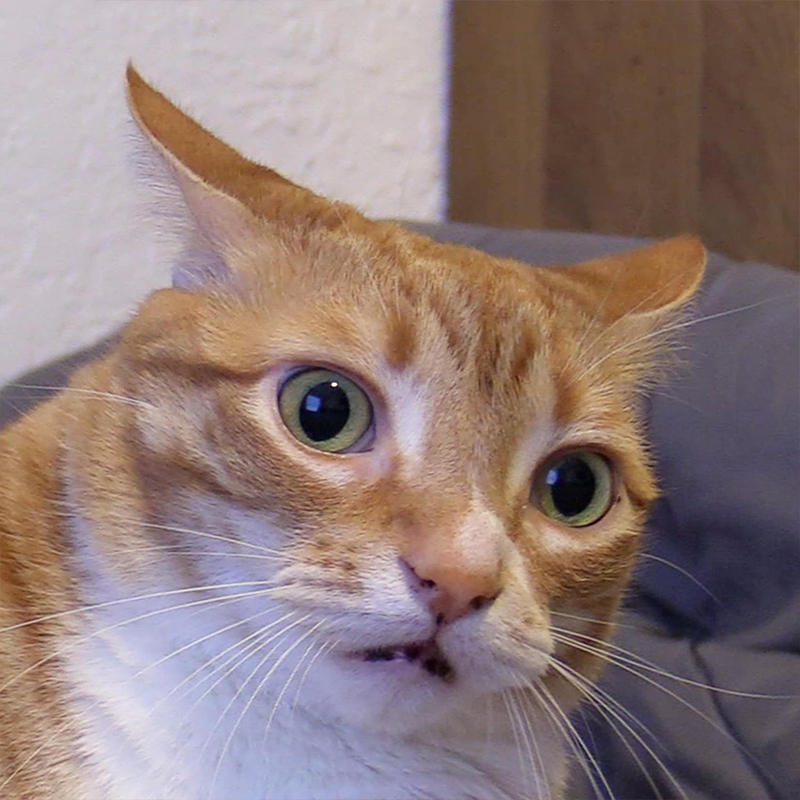
Image via Facebook/Cole and Marmalade
A Combination of Four Unique Facial Movements
Each expression is made up of four combinations of a total of 26 unique feline facial movements. In comparison, people have 44, and dogs have 27 unique facial movements. However, the total number of facial expressions a dog or person can make isn’t yet known.
Such unique movements can be things like wrinkling the nose, tilting their ears, moving their whiskers, licking their lips, or constricting the pupils of their eyes.
“Jugg’s fuming about something! 🤣” via Facebook/Jugg and Zig Zag
What Do the Facial Expressions All Mean?
While the research found a vast array of expressions, what they all mean is still debatable. But generally, cats tend to move their ears and whiskers toward other cats if they’re feeling friendly. The reverse is true if they are not so friendly, which makes sense. Cats may anticipate a swat and want to protect their ears and whiskers. Similarly, if a cat licks their lips or constricts their pupils, relations might be a little sour!
Rather than being inexpressive, cats are extremely expressive. That doesn’t surprise us at all! But now this study is confirming what cat lovers have always known.
“Cat communication is much more complex than we’ve previously assumed,” evolutionary psychologist Brittany Florkiewicz told the Washington Post.
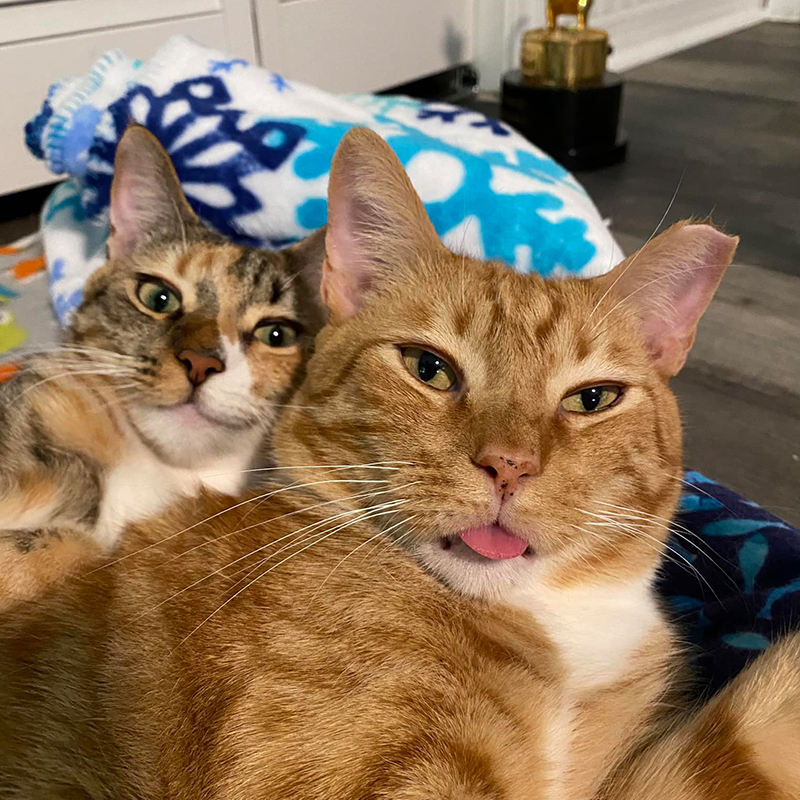
Bond and Calypso via Facebook/Cole and Marmalade
Florkiewicz worked with Lauren Scott, a medical student and self-described cat person, when they were both at the University of California, Los Angeles.
Video by The Sentinel about the study:
Cats Make Facial Expressions for People
There has been a long-standing assumption by some that cats are less expressive as compared to dogs. But in reality, there wasn’t much research into feline’s expressions. And what was known was related to how they interacted with people, not other cats. There was also a focus on aggressive expressions instead of the full range of communication.
When it comes to interactions between cats and people, cats may have developed facial expressions to communicate with people over thousands of years.
“Our feline friends may have evolved this range of sneers, smiles, and grimaces over the course of their 10,000-year history with us,” Science reported.
As an example, cats make what the study termed a “common play face,” resembling a laugh, in common with people, dogs, and monkeys. To make this expression, they draw back the corners of their mouth and drop their jaw. Thus, we share this same kind of facial expression with the same meaning – having fun!
Again, it’s not that surprising that cats’ expressions co-evolved with people, considering they meow and make other sounds almost exclusively to chat with people.
Video by Cole and Marmalade about the sounds cats make:
Another ‘Dog Person’ Who Now Loves Cats
Before the study, researcher Brittany Florkiewicz had studied facial expressions in chimpanzees and other primates. Her whole life, she considered herself a “dog person.” But after the study, she gained a new appreciation for cats.
At the suggestion of her husband, they adopted a cat named named Char after a Pokémon character. Then, a year later, they adopted another kitty, Darth Vader! Now, she’s studying the cat’s facial expressions at home.
Now, Florkiewicz says she loves life with both dogs and cats finding them equally delightful.
“In terms of that playful, exploratory behavior, [cats] can also provide that to you,” she said.
One day, the researcher suggests there may be an app to help others identify their cat’s expressions at home or in shelters. The app might be helpful for people adopting a pet. But remember, you can’t really judge a pet’s genuine purrsonality by how they behave in an often scary shelter environment.
Video by the BBC about the cat facial expressions study:


